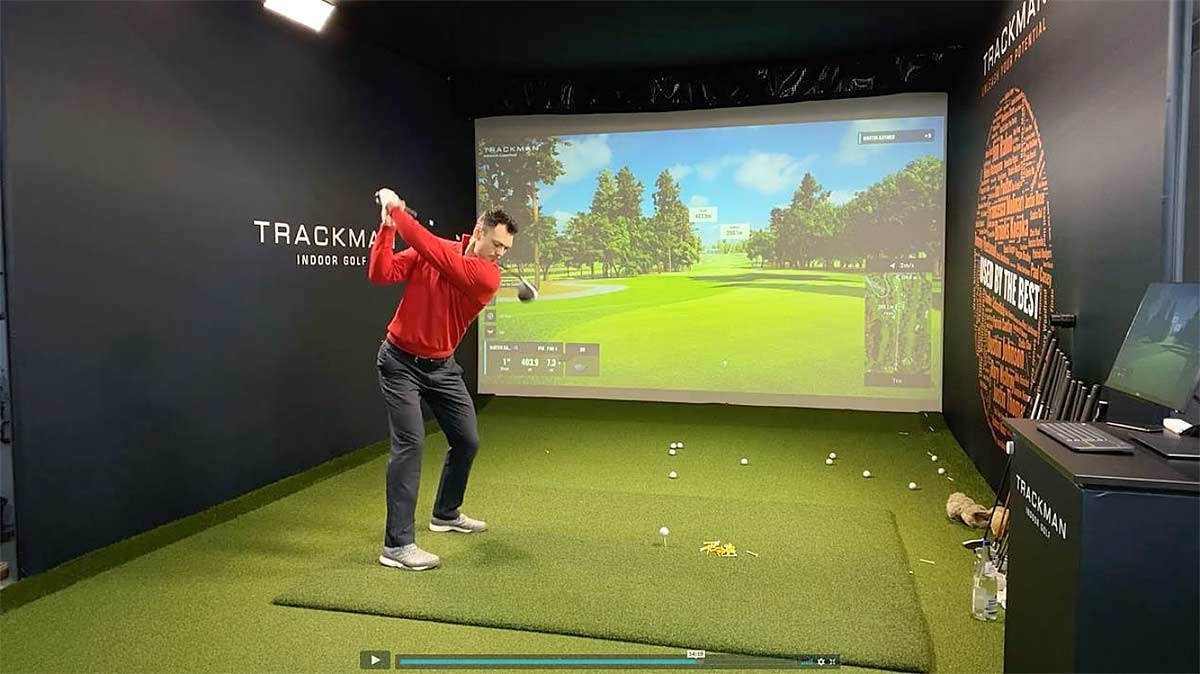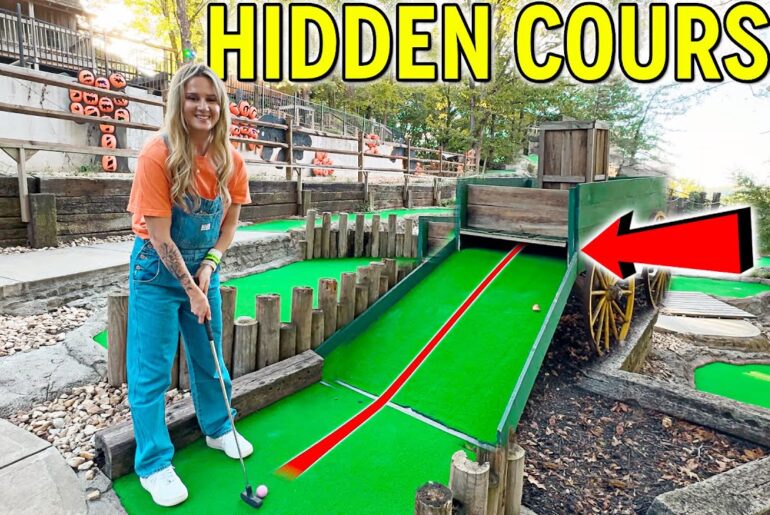Like and Follow Golf Oklahoma
Modern technologies are constantly evolving, continually creating something new. Among the latest innovations are VR and AR technologies, which have found applications across various industries. For example, they are used in golf training, offering an advanced approach that enhances the efficiency and quality of practice. In this text, we will explore virtual golf, how it helps professional players refine their skills, provides a controlled environment for practice, and delivers detailed analytics for performance tracking.


 The Rise of Virtual Golf Simulators
The Rise of Virtual Golf Simulators
Virtual golf simulators are relatively new but have already gained significant popularity due to their extensive range of features. These programs utilize advanced sensors, high-quality graphics, and realistic physics to create lifelike courses and track every aspect of a player’s swing. This approach is similar to lol esports events, where technological aspects are just as important as strategies. As a result, virtual golf technology has become widely used for both training and entertainment, ranging from basic models for casual players to professional-grade simulators.
Professional golfers benefit from simulators in multiple ways. The skill to repeatedly practice individual shots without disrupting the course of the ball and unnecessary walking on the field is very valuable. Simulators can also offer detailed information on measures, including swing speed, ball travel, and spin rate, and users should be able to learn how to fine-tune their techniques. Moreover, they enable the user to play on virtual replicas of world-renowned golf courses so as to get ready for real-life events.
Key Features of Modern Golf Simulators


Players can choose from a variety of virtual golf simulators to suit any preference. These options include both free and paid versions with varying sets of features. To help you decide which one to choose, we’ve compiled a list of key features offered by modern golf simulators:
Data-Based Statistics: Detailed analytics, similar to those found in lol matches live, allow players to thoroughly analyze their game and identify strengths and weaknesses. Key metrics include swing speed, launch angle, and accuracy, providing the insights needed to improve your technique and skills.Customizable Settings: Players can change environmental parameters such as wind speed and direction in order to replicate different conditions.Training Programs: Several simulators are equipped with built-in training modules addressing certain skills, e.g., putting or driving.Multiplayer Modes: There are simulators that have online multiplayer features which encourage golfers to compete and interact within a community.
These features not only improve training, but also make it fun and stimulating.
The Advantages of Virtual Golf Training for Professionals
Thanks to their features and benefits, golf simulators have become highly popular for training professional players. Professional golfers require specific training conditions that must meet the highest standards. However, practicing on traditional courses comes with unique challenges. For instance, significant time is spent walking the course, travel requirements can be demanding, and access to certain courses may be limited. Virtual golf simulators address these issues by offering the following advantages:
Convenience: Practice can take place at any time and any place, therefore, there is no need to travel to practice if the fields are far away.Consistency: Simulators provide a standardized environment, ensuring consistent practice conditions.Efficiency: Instant feedback and individualized training lessons allow players to concentrate on what they want to be improved.
Furthermore, simulators facilitate data exploration and communication with coaches, leading to a coactive approach to learning skills.
Challenges and Future Prospects
Despite its advantages, virtual golf also has certain drawbacks and faces specific challenges. First, high-quality simulators with extensive features are typically expensive, limiting their accessibility to a broader audience. Second, although simulators are effective for practicing and skill development, they cannot provide an exact simulation of playing on a real golf course. There is playing interaction with a screen instead of real weather conditions or a course grade, and that can be a barrier for players in real games.
Nevertheless, application of such technologies has the potential to pave the way to individually personalized training programmes corresponding to the needs and style of the individual player. In addition, implementation of AI-driven analytics can help deliver even more specific performance analysis that can be used to allow players to dramatically improve their techniques. The game experience also looks to become increasingly realistic and accurate with the development of virtual and augmented reality within the gaming sector.
Conclusion
Based on the efforts and achievement documented, virtual golf simulators have become the standard alternative to physical training techniques used by professional golfers, which thus represents the most updated and straightforward to use design in terms of practicality and usability. Through the integration of sophisticated functions and the acceptance of the expanding culture of esports, simulators have built a dynamic and versatile platform for players of any level of talent. Due to technological progress, virtual golf will be even more and more relevant as a sport in golf. No matter what level of expertise you’re, simulators offer a novel way to learn to play the game. So if these technologies continue to develop, it’s safe to say that golf training will become even better, helping professional golfers get better.







